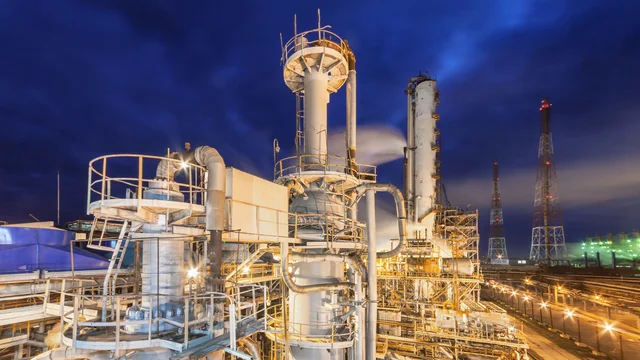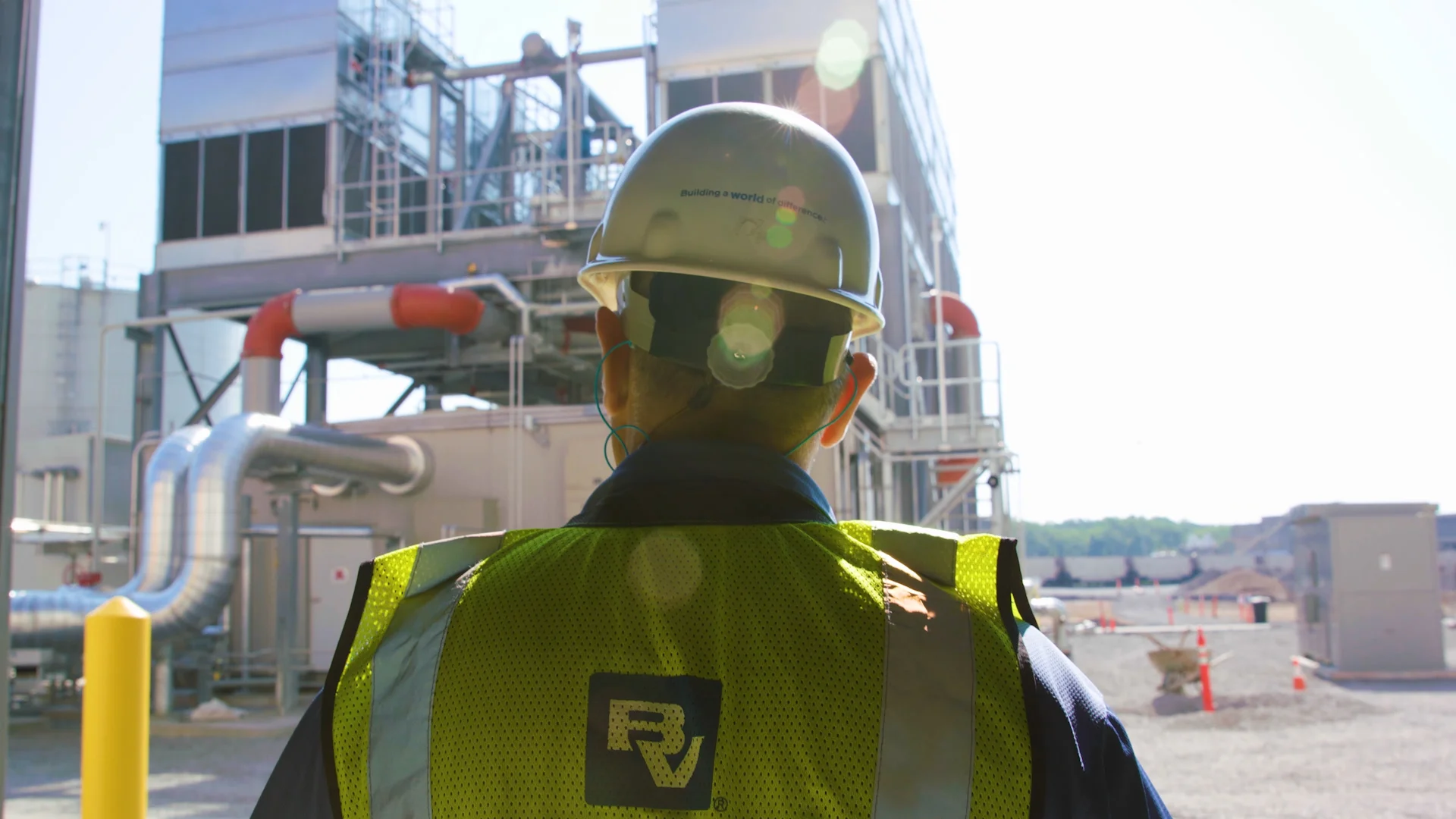
Gas as Part of Asia Pacific’s Future Grid Mix
Asia Pacific is looking to increase deployments of renewable energy in its mission to achieve a zero-carbon future.

Based on its emissions profile and flexibility, not to mention its cost, natural gas will remain a component of the fuel mix in the United States for the foreseeable future. Not only does it effectively complement solar and wind power, but as technology continues to improve, we see natural gas becoming even more efficient and as a result, is destined to become even cleaner in the future.
That fact alone should make it attractive enough to retain as a valuable way to satisfy our New Zero commitments for the coming decades. However, natural gas power generation boasts even more attributes that make it viable for delivery of reliable, clean, abundant energy to the nation's ever-growing roster of residential and commercial customers.
During the past five years, new build-outs of solar and wind generation combined with gas led to the retirement of an impressive number of coal plants, resulting in a 140-million-ton reduction in carbon dioxide emissions. According to the International Energy Agency, the United States recorded the largest absolute decline in the world.
Coupled with industry projections that forecast continuing historic lows for gas pricing during coming decades, gas generation can be viewed as even more attractive. The gas turbine generator plants that exist today fill a definite need, and for immediate future, there is nothing else as reliable, scalable or adaptable.
There is no doubt that carbon emissions must be reduced, but future-proofing gas generation can be accomplished by designing plants that will continue to be competitive in the hoped-for Net Zero world. We can do this by embracing alternate means of offset, changing to low-carbon fuels such as hydrogen, or through Carbon Capture, Utilization and Sequestration (CCUS). It's also possible to design operational flexibility in terms of energy storage to base load service.
Research and planning represent the dual keys to success. At Black & Veatch, we acknowledge the value of renewable energy and emerging technologies. We also value today's high-efficiency natural gas plants that can deliver massive reductions in carbon dioxide even as they supply today's expanding consumer energy needs. There is no comparison between these modern gas plants and those that were built as recently as 20 years ago. However, the growing urgency that all of us in the field feel will continue to require additional improvements.
We can unequivocally state that gas will become an even cleaner resource than it is now. And we can also confirm that not only is there enough gas "in the pipeline" to supply demand but that improvements in the delivery and utilization of natural gas will increase its efficiency and value. At the same time, we can work to reduce harmful emissions even more. There is no other fuel that can make the same claim.
In order to meet power industry targets, coal power stations are slated for continuing and stepped-up planned phase-out. Current philosophy, in an effort to achieve the first 70 percent of planned carbon emissions, is to retire existing coal power stations and replace these large CO2 emitters with renewable power. The downside is that wind and solar are intermittent power sources. Flexible, reliable power is necessary to assure grid resiliency and reliability. Gas turbine plants offer a viable solution and should be able to provide the needed energy to meet near-future demand.
The expectation of continued low pricing for natural gas represents a major advantage for the future. As demand for more reliable, cheaper power grows, more consumers are, of course, eyeing personal ownership of solar panels or buying into cooperatives and other innovative options. Utility companies must recognize the diversity that is being fostered, and pivot to remain flexible as the landscape of power generation is altered.Gas is a natural complement to wind and solar, providing stable, flexible energy and allowing the continuing closure of coal-burning stations. Gas-turbine plants are expected to exceed 65 percent efficiency within just a few years.
Gas turbine advancement is aimed at retrofitting existing turbines to operate at higher hydrogen content -- up to 100 percent -- to achieve cleaner operation. The ultimate goal is to emit nothing but water in order to comply with 2050 Net Zero goals.
Today's advanced turbines operate with 30 to 50 percent hydrogen fuel content, and conversion to more efficient models is expected to be equally cost-efficient, boosting planned investment and utilization in coming years. It's an exciting prospect.
A second exciting technology, termed CCUS, with the ability to harness approximately 90 percent of carbon dioxide emissions, is also being studied as a functional strategy that will ensure cleaner future operation. Systems currently available are not cost-effective as add-ons at natural gas plants. But the expectation is that capture technologies now under development have the potential to produce carbon-based products of value. If the reality lives up to those expectations, we anticipate that economies of scale might be achieved to allow large-scale retrofits at natural gas plants by 2040. Currently, other industries that produce concentrated carbon dioxide streams have begun to show widespread interest.
Cement plants and steam methane reforming operations are interested. Some of these industries should begin to embrace CCUS systems by about 2030, signaling a new direction with added potential for utility companies. Carbon capture technology, as an aspect of future-proofing natural gas plants, is a natural for both new plant construction and for retrofitting existing turbines. At present, Hydrogen and CCUS options lead available future-proofing options for natural gas generation plants.
Because the adoption of low-carbon fuels and CCUS techniques is already underway, we have high hopes that the trend will continue, and that future benefits will be even more attractive and cost-effective. There are some design considerations and operational needs that require attention, but the outlook for retaining natural gas as a component of energy production in the U.S. in the coming era is a good one.
The design of ancillary services and better grid reliability, including storage options, are other concerns for U.S. energy companies. We continue to wish for quick starts and fast ramp rates, and we look forward to a time when natural gas plants will supply greater storage capability to the grid, thereby encouraging greater investment and making adoption of renewable energy sources even more widespread.
We believe in the value of renewable energy; we also see the need for the continued reliance on natural gas. We see no incompatibility there. Instead, we view the ability to integrate existing and planned natural gas plants with renewable sources of energy as the only sensible approach.
Our country's current reliance on natural gas is nowhere near capacity; many possibilities exist that will expand its efficiency and its reliability in accordance with our goals to reduce emissions. Clean and abundant energy delivered to consumers through a well-conceived and well-executed mix of natural gas and renewables is the future of the industry.
